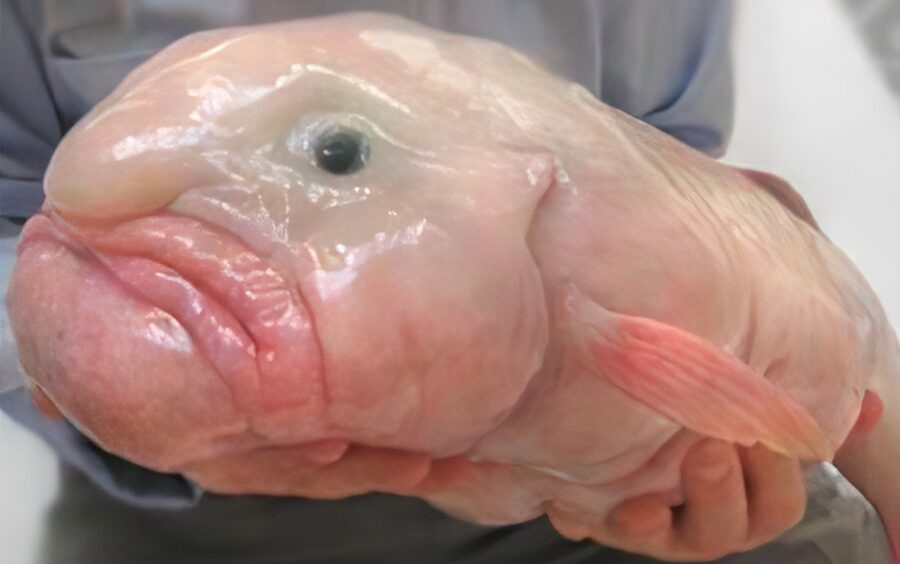Have you ever heard of the blobfish? While its name might not inspire confidence, this deep-sea dweller has captured the curiosity of scientists and enthusiasts alike. But what exactly makes the blobfish such a fascinating creature?
Found off the coast of Australia and the island of Tasmania, the blobfish resides in the depths of the ocean, where the pressure can be incredibly high. Despite its less-than-flattering reputation as the "ugliest animal on the planet," the blobfish's appearance is a result of its unique habitat and physiology.
Unlike many fish, the blobfish lacks a swim bladder to regulate its buoyancy. Instead, it relies on its jelly-like flesh and soft bones to maintain its position just above the ocean floor. This adaptation allows the blobfish to conserve energy while waiting for prey to drift by.
At depths of 2,000 to 4,000 feet, the pressure is immense – often a hundred times greater than at the surface. To survive in such an extreme environment, the blobfish has evolved a gelatinous body that can withstand these crushing forces without collapsing.
In its natural habitat, the blobfish's appearance is less comical than it might seem. With a wide, round head and a tapered body reaching up to a foot in length, it resembles a quirky cartoon character more than a grotesque monster.
However, the blobfish's reputation as the "ugliest animal on Earth" stems from encounters with humans. When brought to the surface in fishing nets, the blobfish undergoes a drastic change in pressure, causing its gelatinous flesh to swell and its features to become distorted.
Pictures of these "bloated" blobfish have contributed to its unflattering image, perpetuating the misconception of its true appearance. In reality, the blobfish is a remarkable example of nature's adaptability to extreme environments.
While the blobfish may not win any beauty contests, its unique adaptations and role in its ecosystem make it a fascinating subject for study. By raising awareness of lesser-known creatures like the blobfish, we gain a deeper appreciation for the diversity of life in our oceans and the importance of conservation efforts to protect them.
